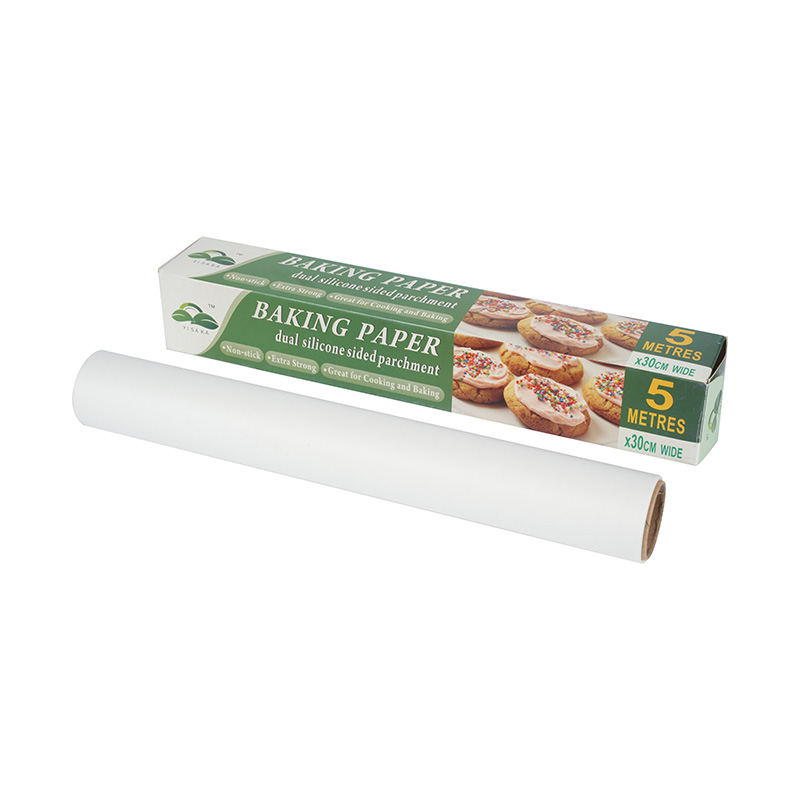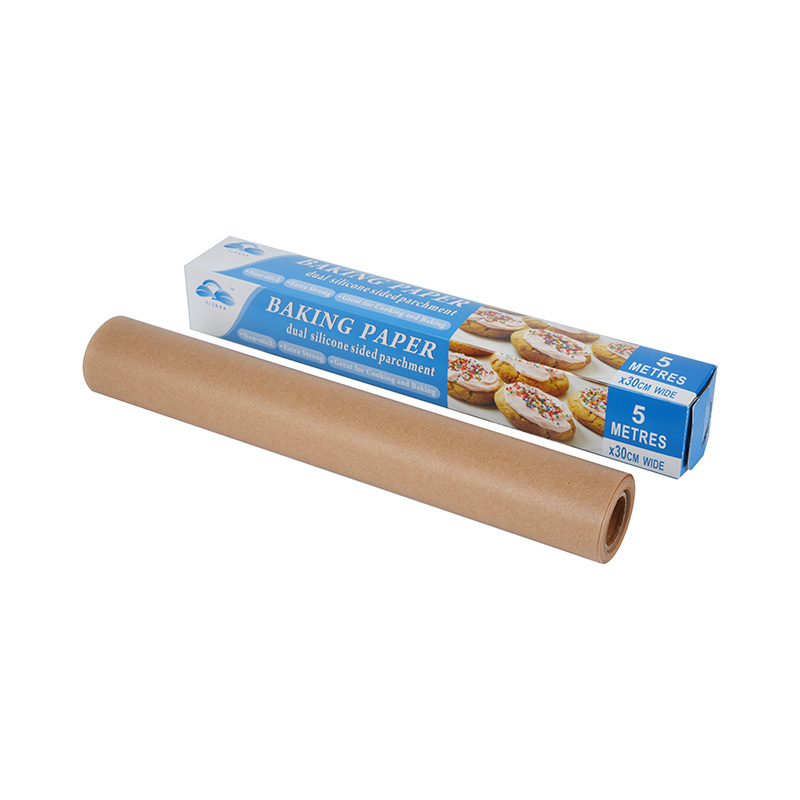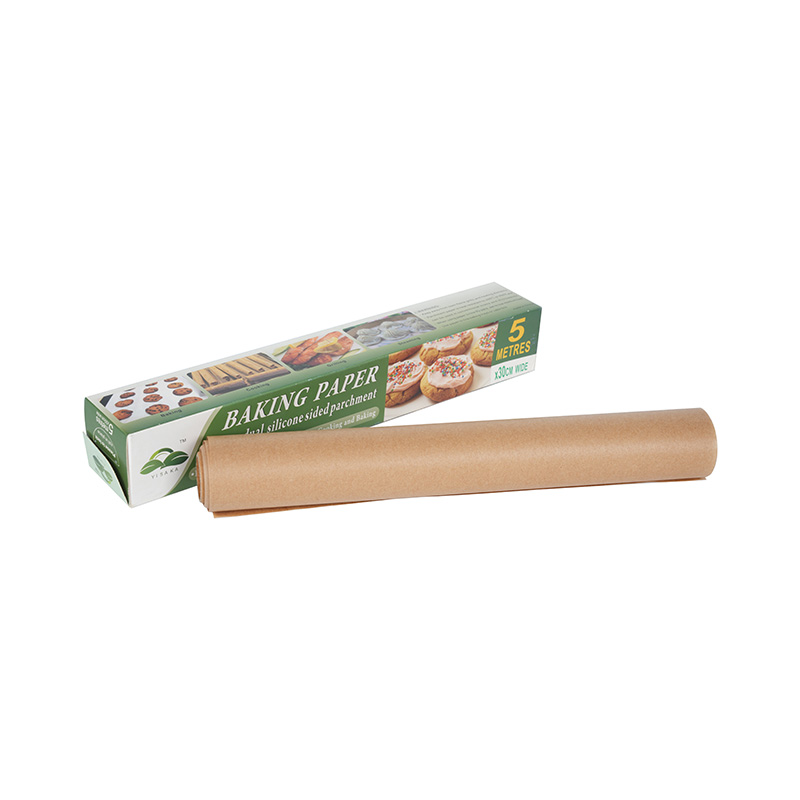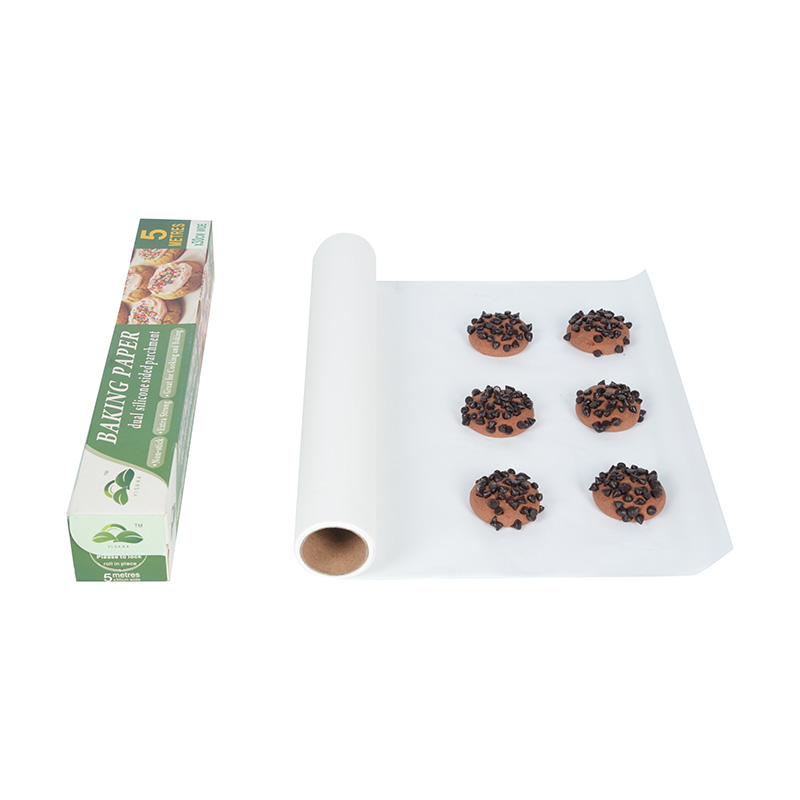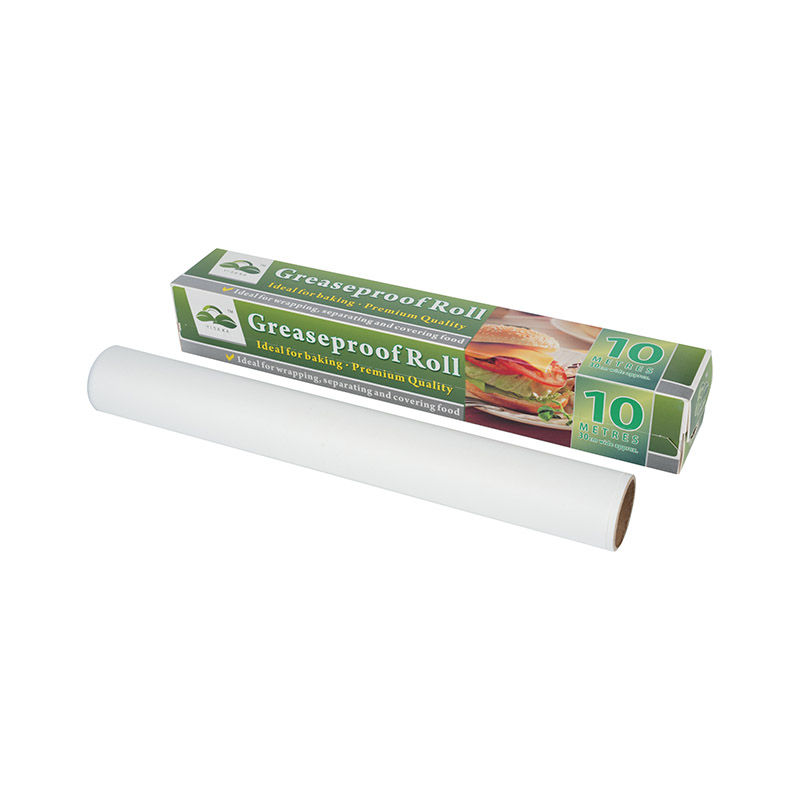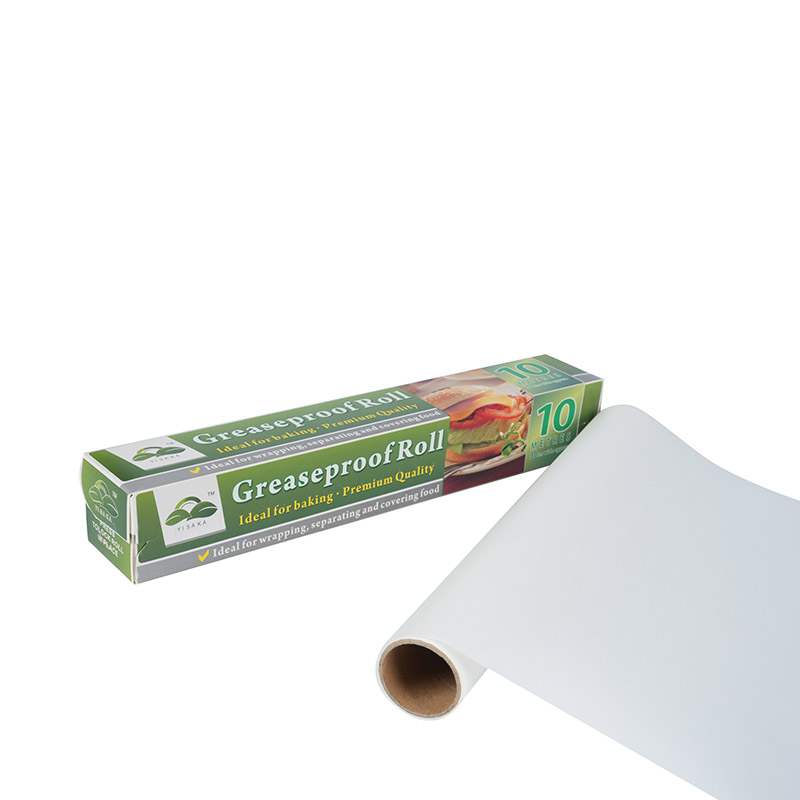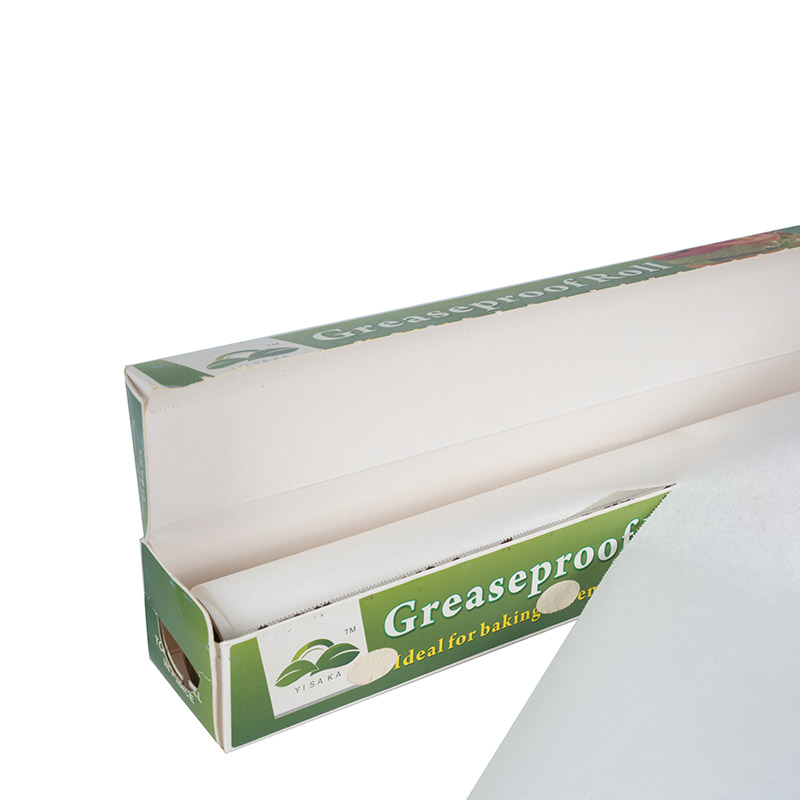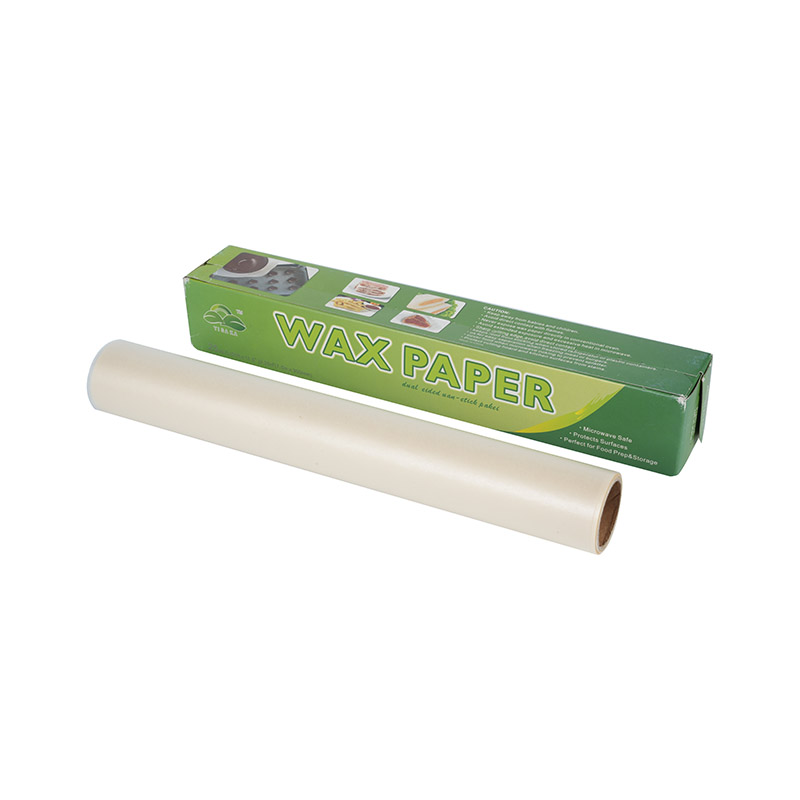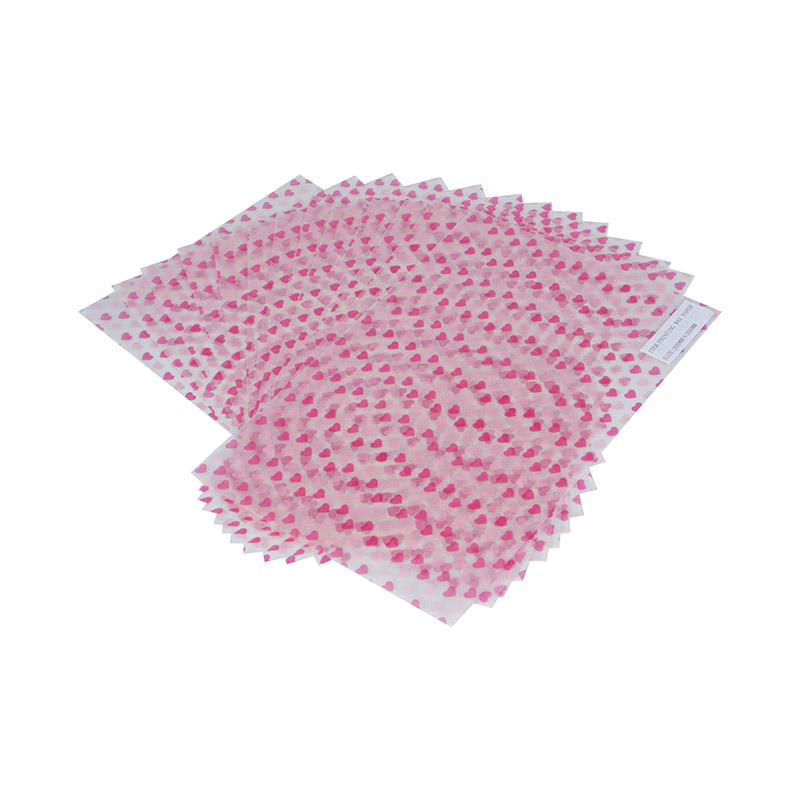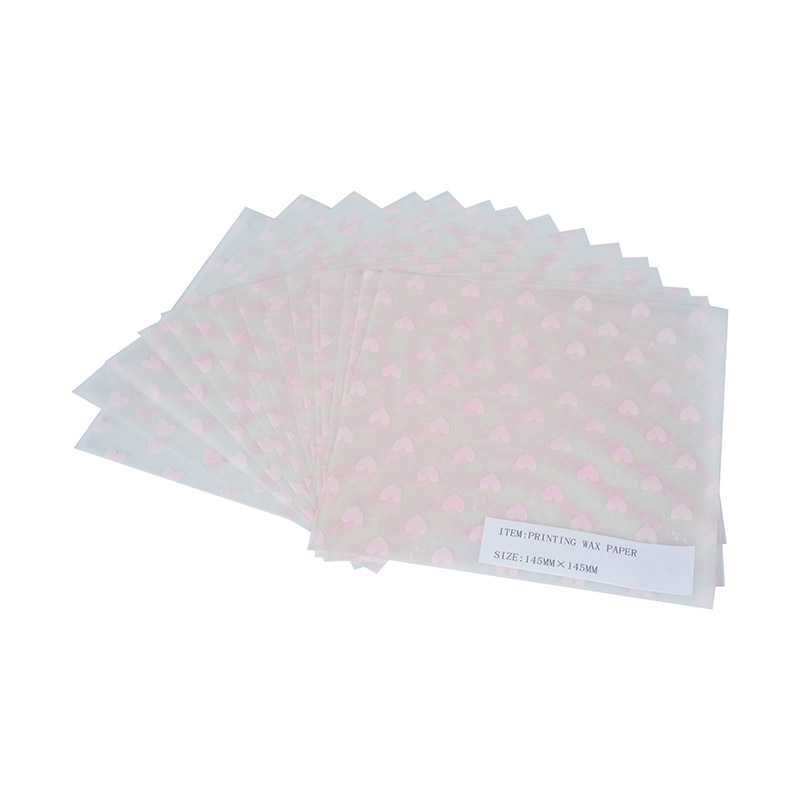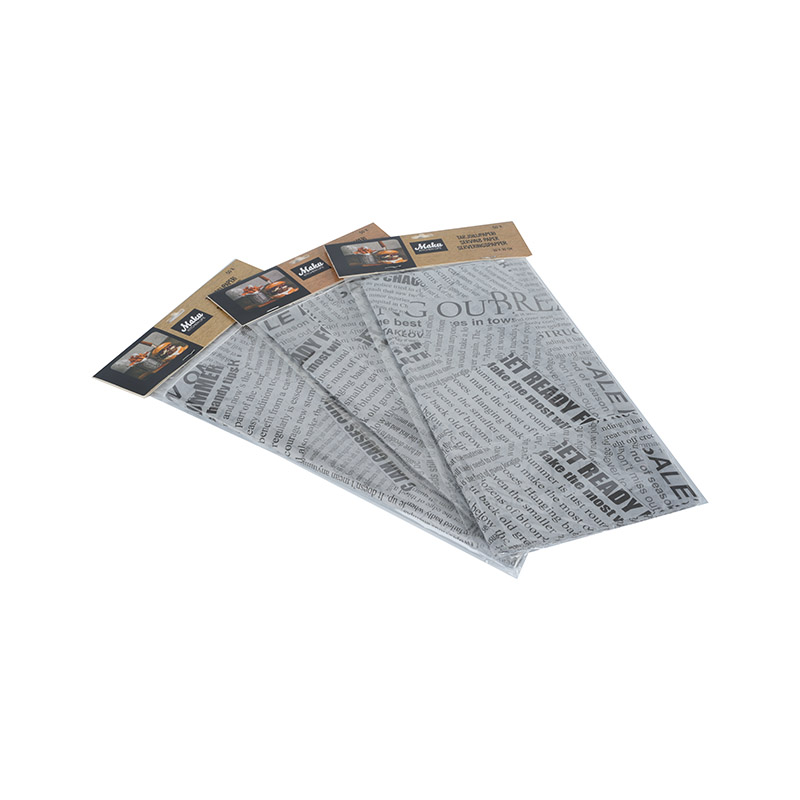Baking paper, also known as parchment paper, is an essential kitchen staple widely used for its non-stick, heat-resistant properties that make baking and cooking more convenient and less messy. Proper storage of baking paper is crucial to maintain its quality, functionality, and longevity. Here’s an in-depth look at how to store baking paper effectively:
1. Preserve Original Packaging
Most baking papers are sold in rolls or pre-cut sheets housed in a sturdy cardboard box. Keeping the baking paper in its original packaging offers multiple advantages:
Protection from Dust and Contaminants: The box acts as a barrier, preventing dust, dirt, or kitchen grease from contaminating the paper surface.
Structural Integrity: The rigid box prevents the paper roll from becoming crushed or damaged, maintaining the paper’s smooth texture.
Convenient Dispensing: Many boxes have built-in serrated edges to easily cut sheets without damaging the rest of the roll.
If the original packaging is damaged, consider transferring the roll to another clean, dry container.
2. Store in a Cool, Dry Environment
Moisture is one of the biggest enemies of baking paper. If baking paper absorbs humidity, it can become limp, lose its non-stick properties, or even develop mold in extreme cases.
Ideal Location: Store baking paper in a kitchen pantry, cupboard, or drawer that remains consistently dry and cool.
Avoid Damp Areas: Do not store near sinks, dishwashers, or areas where steam or water splashes frequently occur.
Humidity Control: In humid climates, consider using a silica gel packet or moisture absorber near the storage area to keep humidity levels low.
3. Protect from Heat and Direct Sunlight
Heat and UV light can degrade baking paper over time, causing it to discolor, become brittle, or lose its heat-resistant coating.
Avoid Stove and Oven Proximity: Do not store baking paper near ovens, stovetops, or other heat-generating appliances.
Keep Away from Windows: Direct sunlight can cause fading and weakening of the paper fibers.
Stable Temperature: Maintain a stable room temperature to prevent thermal expansion or contraction that might damage the paper roll.
4. Maintain Proper Shape and Roll Condition
Keep it Tightly Rolled or Neatly Folded: A tight roll prevents creases, wrinkles, or tears that reduce the effectiveness of the paper.
Use a Paper Clip or Rubber Band: Secure the roll ends gently to prevent unraveling but avoid crushing the paper.
Flat Storage for Sheets: For pre-cut sheets, store them flat in a drawer or box to avoid curling or bending.
5. Consider Airtight Storage in High Humidity Areas
In areas with high ambient moisture, an extra layer of protection is recommended:
Use Sealed Plastic Bags or Containers: Placing the roll or sheets inside resealable bags or airtight plastic containers prevents moisture infiltration.
Keep Desiccants: Adding a food-safe desiccant or silica gel packet inside the container absorbs residual moisture.
Avoid Plastic Wrap Directly on Paper: Wrapping baking paper directly in plastic wrap can trap moisture against the paper; always ensure it is loose or inside a sealed container.
6. Avoid Exposure to Strong Odors
Baking paper can absorb odors from its surroundings, which might transfer unwanted flavors to your baked goods.
Separate from Strong-Smelling Items: Store baking paper away from spices, cleaning products, or pungent foods.
Neutral Environment: A neutral-smelling kitchen cupboard is ideal to keep baking paper odor-free.
7. Shelf Life and Usage Tips
Check Expiry or Use-by Date: Although baking paper typically lasts a long time, manufacturers may include a recommended usage period to ensure optimal performance.
Visual Inspection: Before use, check for discoloration, brittleness, or odor, which might indicate degradation.
Avoid Using Paper with Visible Damage: Tears, heavy creases, or stains can compromise baking results.
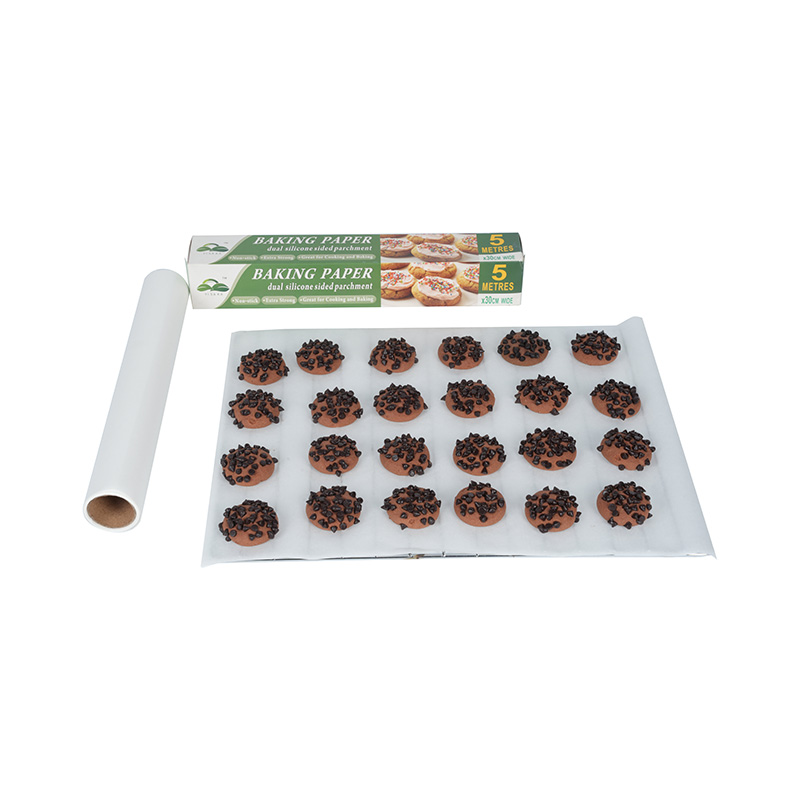


 English
English русский
русский